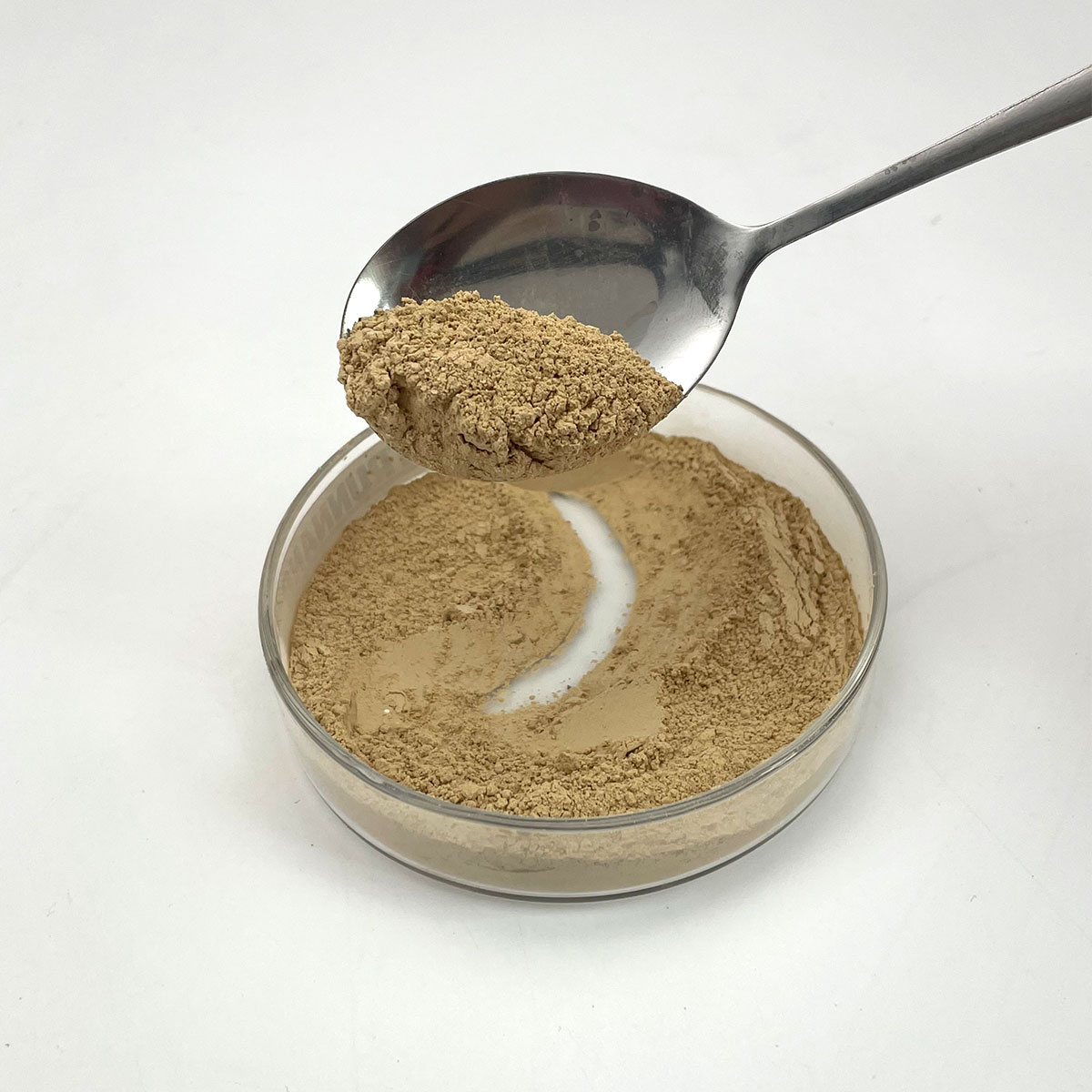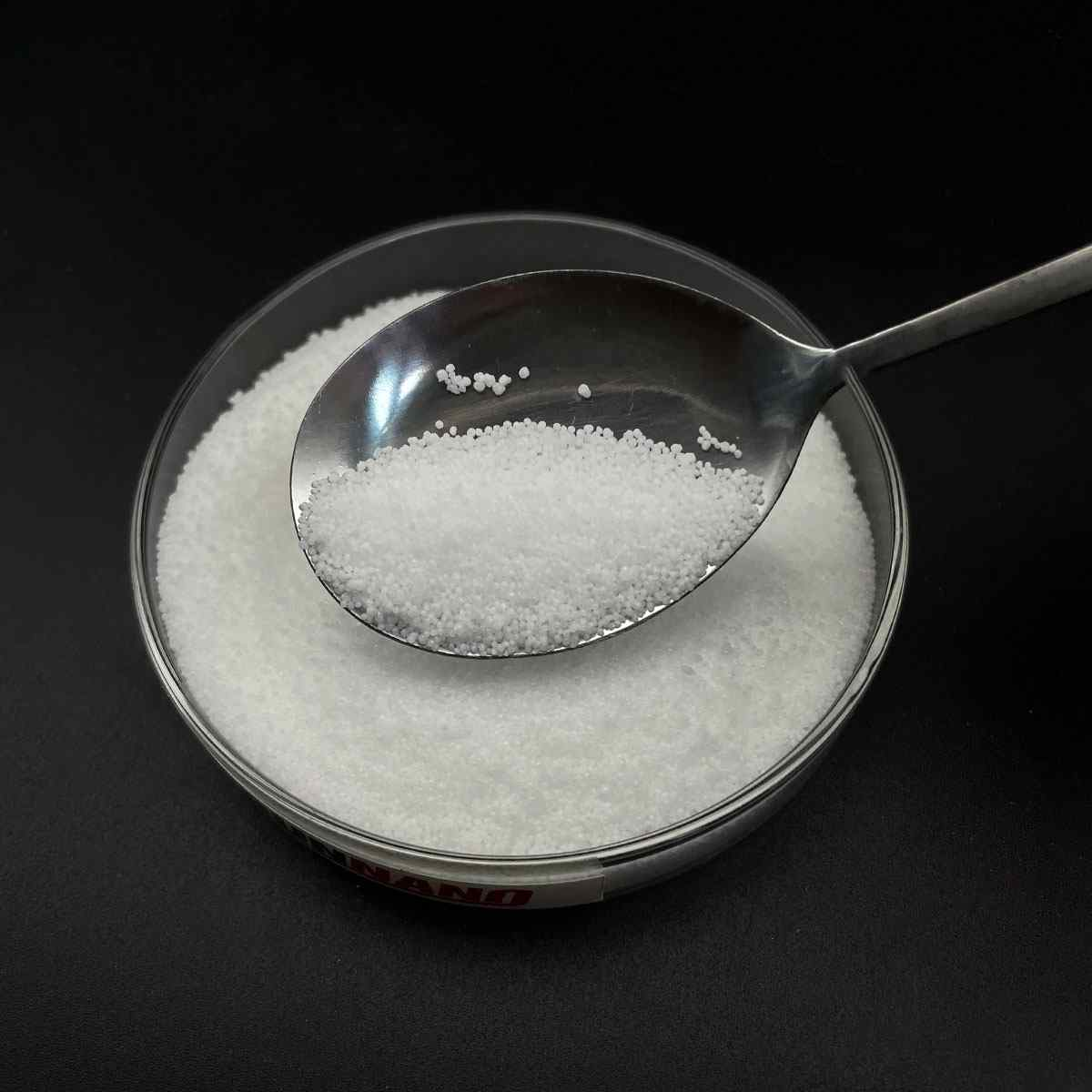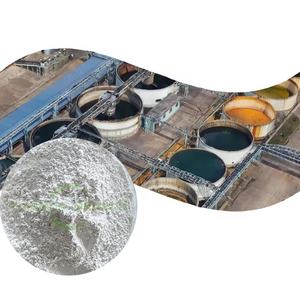1. Introduction
In the past 48 hours, a major cosmetics retailer announced it will phase out sodium lauryl sulfate (SLS) from all private-label personal care products by 2025, citing growing consumer demand for milder, plant-derived surfactants. This move reflects a broader industry trend toward transparency and skin-friendly formulations—making it the perfect moment to dive deep into what SLS really is, how it works, and what alternatives are gaining traction.

Sodium lauryl sulfate—also known as sodium dodecyl sulfate (SDS), natrium lauryl sulfate, or simply SLS—is one of the most recognizable surfactants in consumer products. But despite its ubiquity, confusion abounds. Is it the same as sodium laureth sulfate? Is it safe? And why do so many ‘sulfate-free’ labels still contain similar ingredients? Let’s break it all down.
2. What Is a Surfactant?
The meaning of surfactant is simple: it’s a surface-active agent that reduces surface tension between liquids or between a liquid and a solid. Surfactants have a dual-nature molecular structure—one end is hydrophilic (water-loving), and the other is hydrophobic (oil-loving). This allows them to lift dirt, mix oil and water, and create foam.
Surfactants fall into four main categories: anionic, cationic, non-ionic, and amphoteric. Sodium lauryl sulfate is a classic example of an anionic surfactant, meaning it carries a negative charge in solution. In contrast, cationic surfactants like cetyl trimethyl ammonium bromide (CTAB) carry a positive charge and are often used for their antimicrobial properties. Non-ionic surfactants—such as polysorbate 80, Span80, or ethoxylated alcohols—have no charge and are prized for low irritation. Amphoteric surfactants like cocamidopropyl betaine (also called coco betaine or amidopropyl betaine) can switch charge depending on pH, making them gentle and compatible with other surfactant types.
3. Sodium Lauryl Sulfate: Chemistry and Function
Chemically, sodium lauryl sulfate (C12H25SO4Na) is derived from lauryl alcohol (dodecyl alcohol) and sulfuric acid. Its strong cleansing and foaming power make it a go-to ingredient in toothpaste, shampoos, body washes, and even industrial cleaners. You’ll often see it labeled as ‘sls sodium lauryl sulfate’ or just ‘sls sulfate’ on ingredient lists.

It’s important not to confuse SLS with sodium laureth sulfate (SLES), also called sodium lauryl ether sulfate or sodium lauryl ether sulphate. While both are anionic surfactants, SLES is ethoxylated—meaning it’s been treated with ethylene oxide—which makes it milder but introduces potential concerns about 1,4-dioxane contamination. Labels like ‘sulfate laureth’ or ‘laureth sulphate’ usually refer to SLES, not SLS.
4. Common Applications Beyond Personal Care
While most people associate SLS with shampoo or soap, it’s also widely used in agriculture. As a surfactant for herbicides or a wetting agent for grass, SLS helps active ingredients spread evenly and penetrate waxy plant surfaces. Products like ‘lawn wetting agent’ or ‘surfactant for weed killer’ often contain SLS or similar anionic surfactants such as sodium dodecylbenzene sulfonate.
In industrial settings, SLS is used in emulsifiers, detergents, and even lab reagents. However, due to its harshness, many formulators are now turning to bio surfactants—like decyl glucoside, coco glucoside, or sodium cocoyl glutamate—which are derived from renewable resources and are biodegradable.
5. Safety, Controversy, and Alternatives

SLS is effective but can be irritating to skin and eyes, especially at high concentrations or with prolonged exposure. This has fueled the rise of ‘sulfate-free’ products featuring gentler alternatives. Popular replacements include:
- Alkyl polyglucoside (a non-ionic, plant-based surfactant)
- Cocamidopropyl betaine (an amphoteric surfactant that boosts foam and reduces irritation)
- Sodium cocoyl isethionate and sodium lauroyl methyl isethionate (mild anionic surfactants often used in syndet bars)
- Sodium lauroyl sarcosinate and lauroyl sarcosinate (derived from amino acids, offering good cleansing with low irritation)
- Sodium coco sulfate (sometimes labeled as coco sodium sulfate—a milder cousin of SLS)
Note that ‘sodium laureth’ or ‘sls sodium laureth sulfate’ on a label doesn’t mean the product is SLS-free—it likely contains SLES instead. Always check the full INCI name.
6. Emerging Trends and Market Shifts
Companies like Rohit Surfactants Private Limited and others are investing heavily in sustainable surfactant production, including lignin sulfonate (a byproduct of paper manufacturing) and fluoro surfactants for specialized applications. Meanwhile, bio surfactants such as rhamnolipids and sophorolipids are gaining ground in eco-friendly formulations.
Even in labs, SLS remains a staple—but researchers are exploring alternatives like Pluronic 127 (poloxamer 188) or sodium deoxycholate for cell lysis and protein studies. And while copper 1 bromide or ammonium lauryl sulfate (also called ammonium dodecyl sulfate) serve niche roles, they’re far less common in consumer goods.
For those sourcing raw materials, ‘sodium lauryl sulfate for sale’ is widely available—but increasingly, buyers specify purity grades and sustainability certifications. The demand for transparency extends even to herbicide formulators, who now seek nonionic surfactant blends that won’t harm beneficial insects or soil microbes.
7. Conclusion
Sodium lauryl sulfate remains a powerful, cost-effective surfactant—but its reign is being challenged by milder, greener alternatives. Whether you’re formulating a shampoo, designing a weed killer, or just reading a label, understanding the difference between anionic, cationic, non-ionic, and amphoteric surfactants empowers smarter choices. As the industry evolves, expect to see more alkyl polyglucosides, betaines, and sarcosinates replacing traditional sulfates—without sacrificing performance.
Our Website founded on October 17, 2012, is a high-tech enterprise committed to the research and development, production, processing, sales and technical services of ceramic relative materials such as Sodium. Our products includes but not limited to Boron Carbide Ceramic Products, Boron Nitride Ceramic Products, Silicon Carbide Ceramic Products, Silicon Nitride Ceramic Products, Zirconium Dioxide Ceramic Products, etc. If you are interested, please feel free to contact us.


